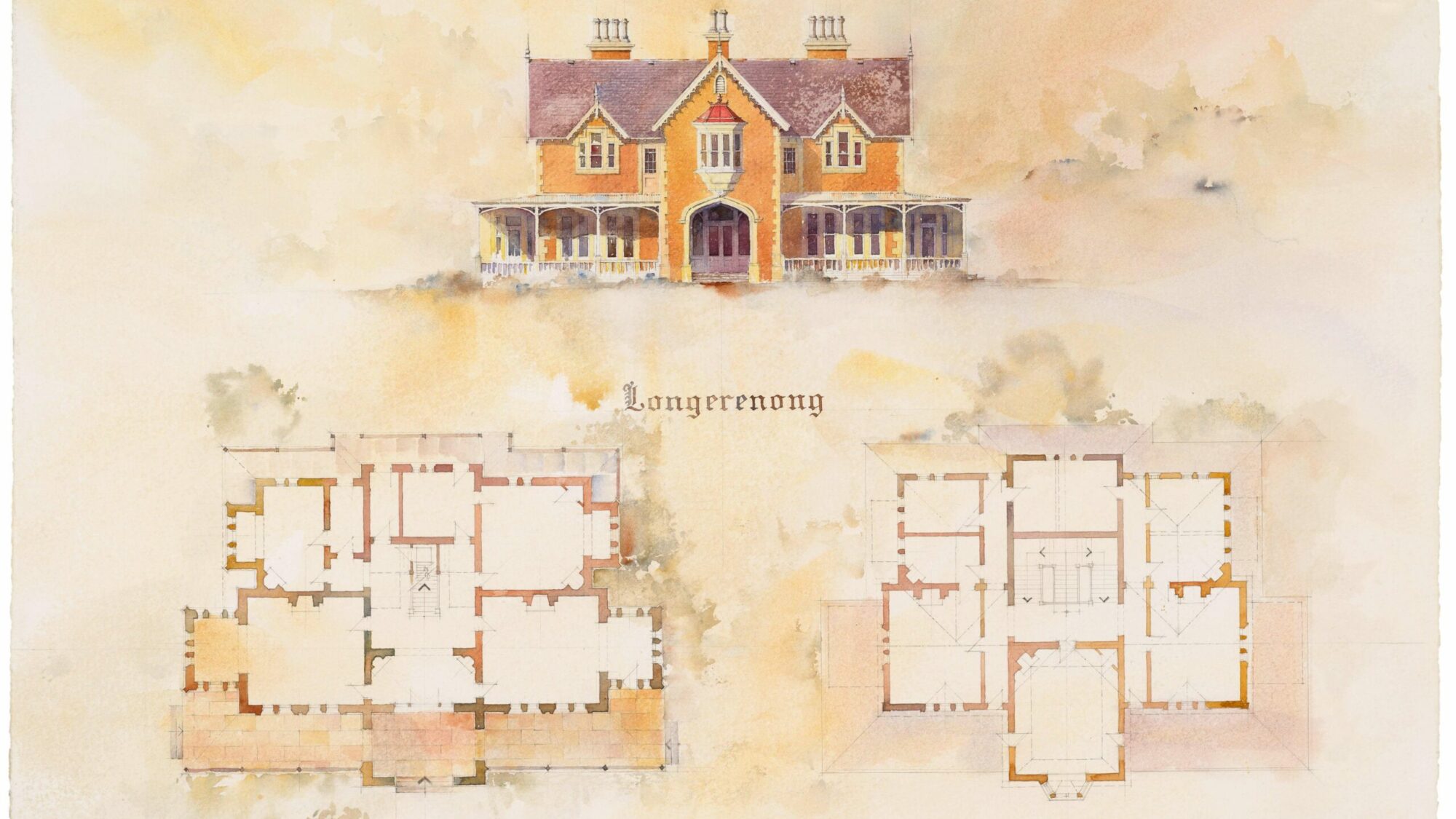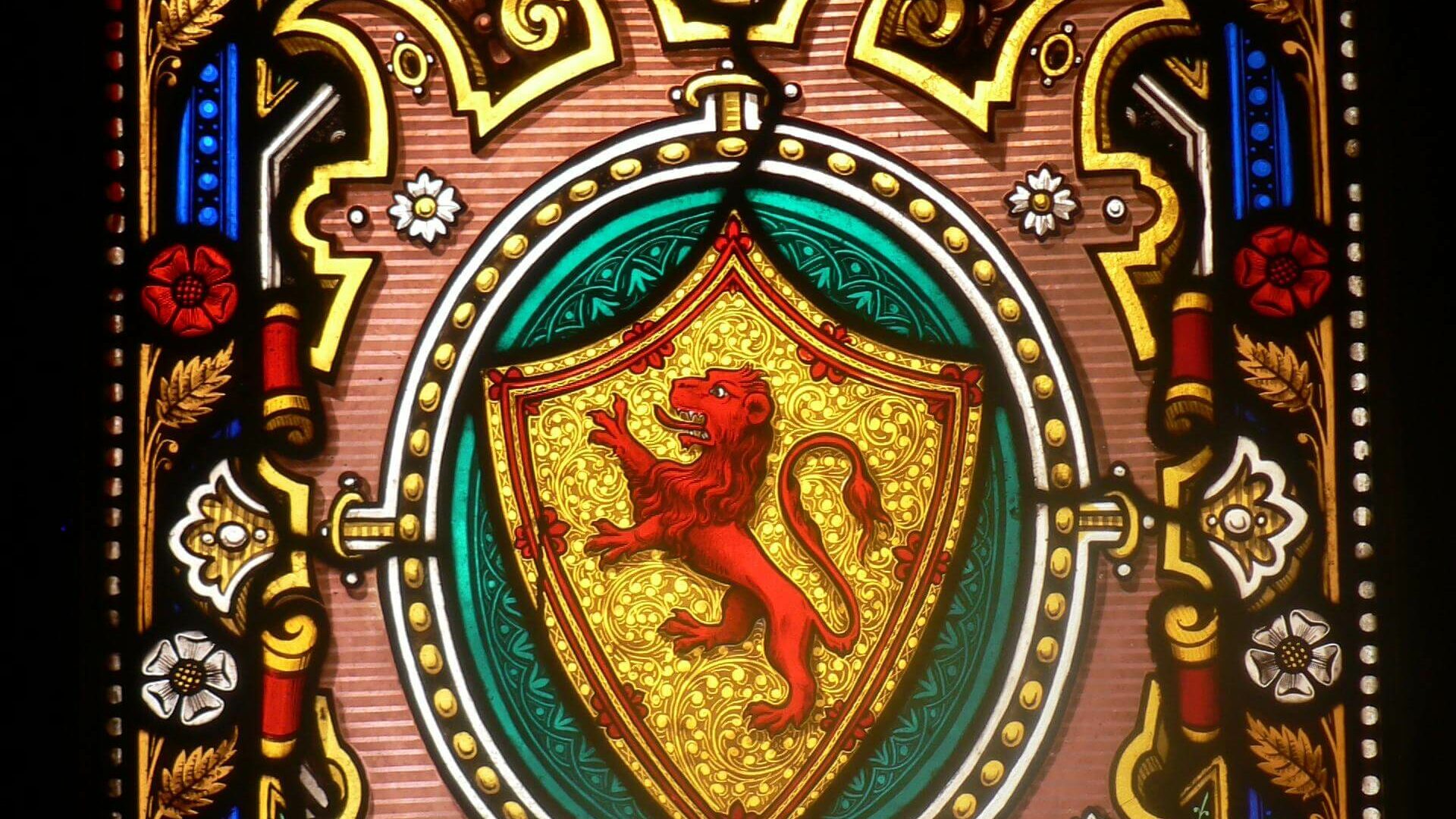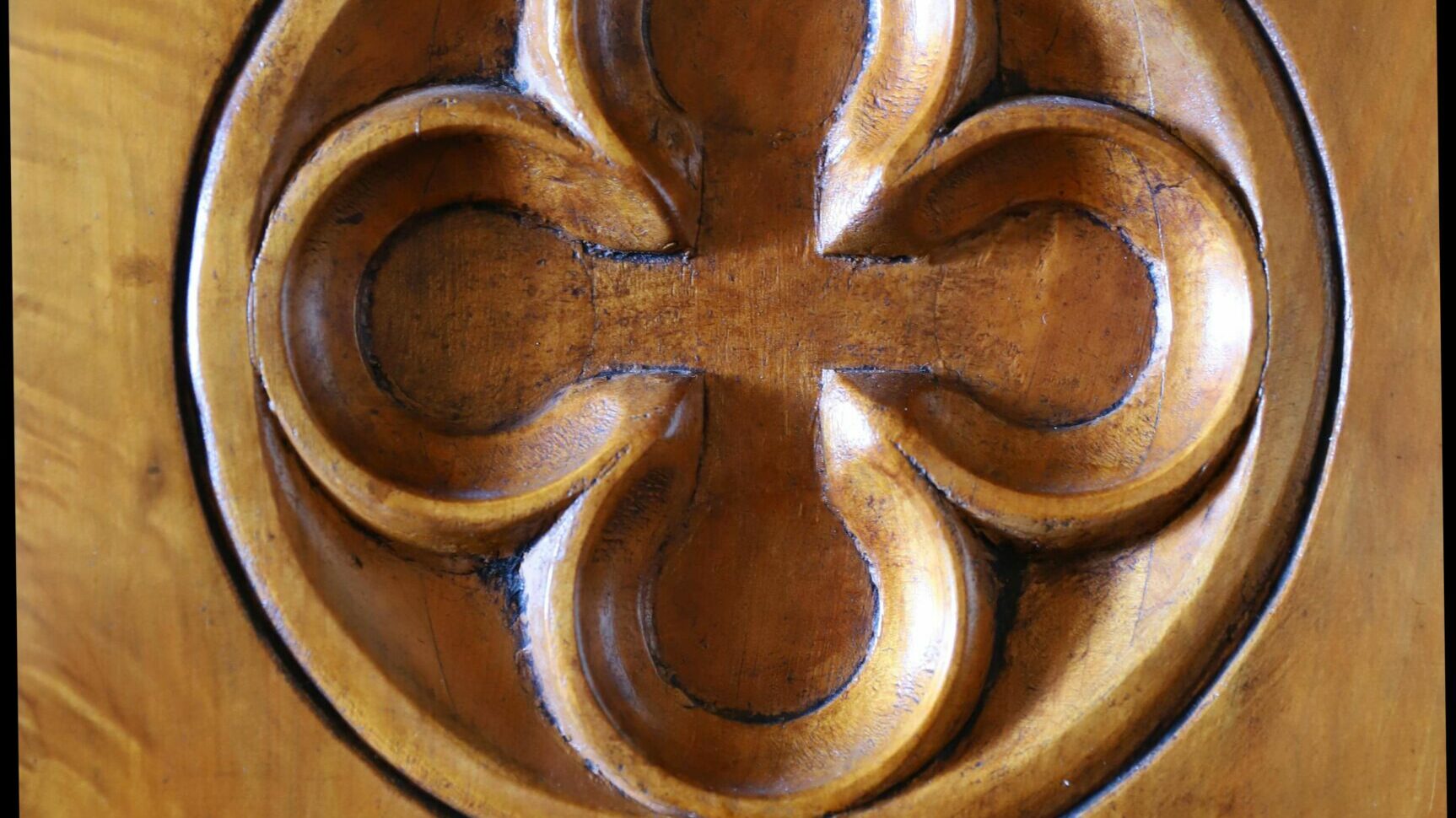Longerenong, Horsham Victoria Australia
Longerenong Homestead near Horsham, is a jewel-like exception among country houses in Victoria. Both its location and style come as a complete surprise and pure delight. It sits on rocky banks of the Yarriambiac Creek which flow gently through the flat plains of the Wimmera, a sparse wheat growing region in north-western Victoria. At the time the house was built in 1862 this area was a remote sheep grazing frontier well, beyond the limits where such a polished architectural design might be expected. The appearance of a spectacular example of the picturesque Gothic villa style in a somewhat desolate Australian environment could be described as surreal. Certainly, finding this two-storey triple-brick Gothic revival house in the midst of the flat, brown sparsely-treed bush is a surprise. Among the pastoral pioneers of mid-century Victoria, the Gothic style was of course rare in Australian country houses.
Property History
Sir Samuel Wilson came to Australia from Ireland in 1852 and in 1856 he established his vast grazing run and pastoral lease of about 153,000 acres. On the 30th June 1862 he laid the foundation stone of his new villa residence. Melbourne architects Crouch and Wilson designed this axially planned, two storey triple-brick residence with balcony verandah as a picturesque and complete Gothic villa derived from early American pattern book designs.
Longerenong is possibly the finest picturesque Gothic style villa in western Victoria and perhaps the exemplar of this style in the State and displays uncharacteristic, but scholarly work of Melbourne architects Crouch and Wilson. Sir Samuel, was the sixth son of a Northern Ireland farmer, was a distinguished Victorian pioneer whose career as a successful politician, pastoralist and philanthropist culminated in his election to the British House of Commons in 1886.
Architectural Features
Longernong remains one of the finest intact Picturesque Gothic style villas in Australia. While the homestead is formally designed around an axis, many of its features, such as the central oriel window on the first floor, decorative Gothic bargeboards and groups of label-mould windows, produce a lively and picturesque composition. All of the elements, stand against a framed backdrop of soft red bricks which set the overall character of the house. All rooms are of grand proportions including formal living, drawing room, dining room, library, office, large kitchen and powder room. The upper floor includes a spectacular dome ceiling ballroom, reception room, two grand principal bedrooms, four additional bedrooms and two bathrooms.
Understandably, the quality of design and workmanship is outstanding and boasts a sweeping divided cedar staircase, Belgian stained-glass entrance panels and skylight. Internal features include Italian marble floors and fireplaces and ornate trefoil carved cedar doors and architraves which add to the homestead’s grandeur. The intricate stained glass around the double front doors, showcase the earliest example of decorative secular stained glass in Australia. The advance Australia Coat of Arms in the centre of the spectacular stained-glass skylight above the stairs is the earliest known motif in stained glass in a private residence in Australia.
Special Comments from Chris Wilmar, Architect
What makes Longerenong unique, that it stands as the districts only remaining tribute to the pioneers of the Wimmera settlement. This magnificent two storey heritage listed mansion overlooks the Yarriamblack Creek and is surrounded by expansive gardens including original Morton Bay Fig and Schotia trees, Bunya Bunya, Stone and Norfolk Island Pines. Another unique feature of Longerenong is it’s architectural history can be traced back to the complete gothic villa derived from American pattern book designs Downing published in his 1850 book. This makes it a rare and surviving example of pattern-book design.
Look at other architectural properties in the Portfolio section of the website.






